Chocolate Museum Strategy
BRAND STRATEGY, VISUAL IDENTITY PROPOSAL
The brand strategy for The Chocolate Museum Zagreb was developed as a blueprint for the design process that followed. Its purpose was to identify the right niche approach for the permanent chocolate exhibition and develop a unique and distinctive museum brand. At the time of strategy development, there were 47 chocolate museums worldwide.
Given the close proximity of some of the most recognisable chocolate-related destinations, such as Austria, Germany, or Switzerland, all of which boast a rich chocolate-making heritage, it was crucial to conduct a meticulous analysis of the current museum competition, both within the realm of chocolate-themed museums and other lifestyle, Instagram-friendly museums.
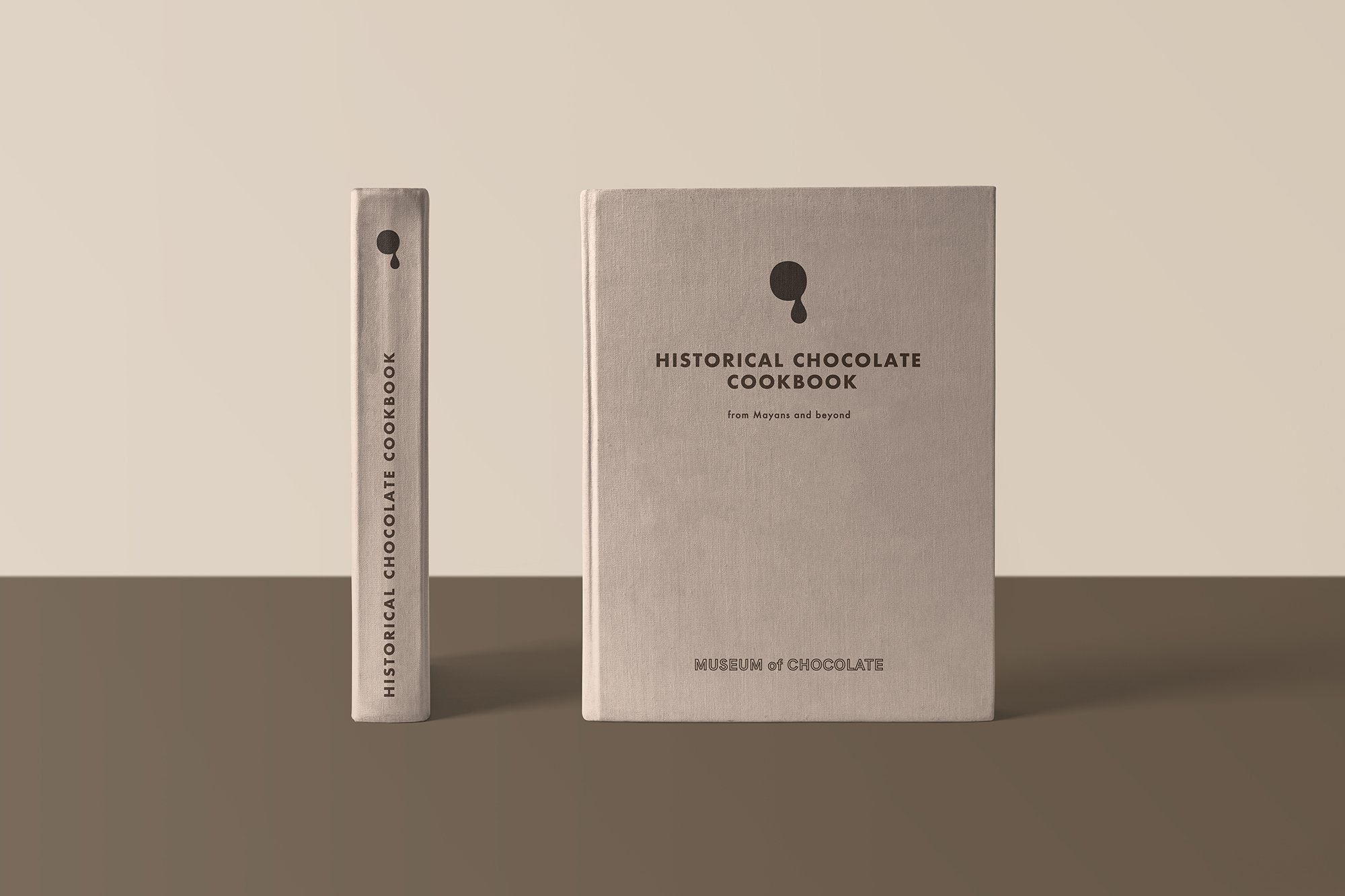
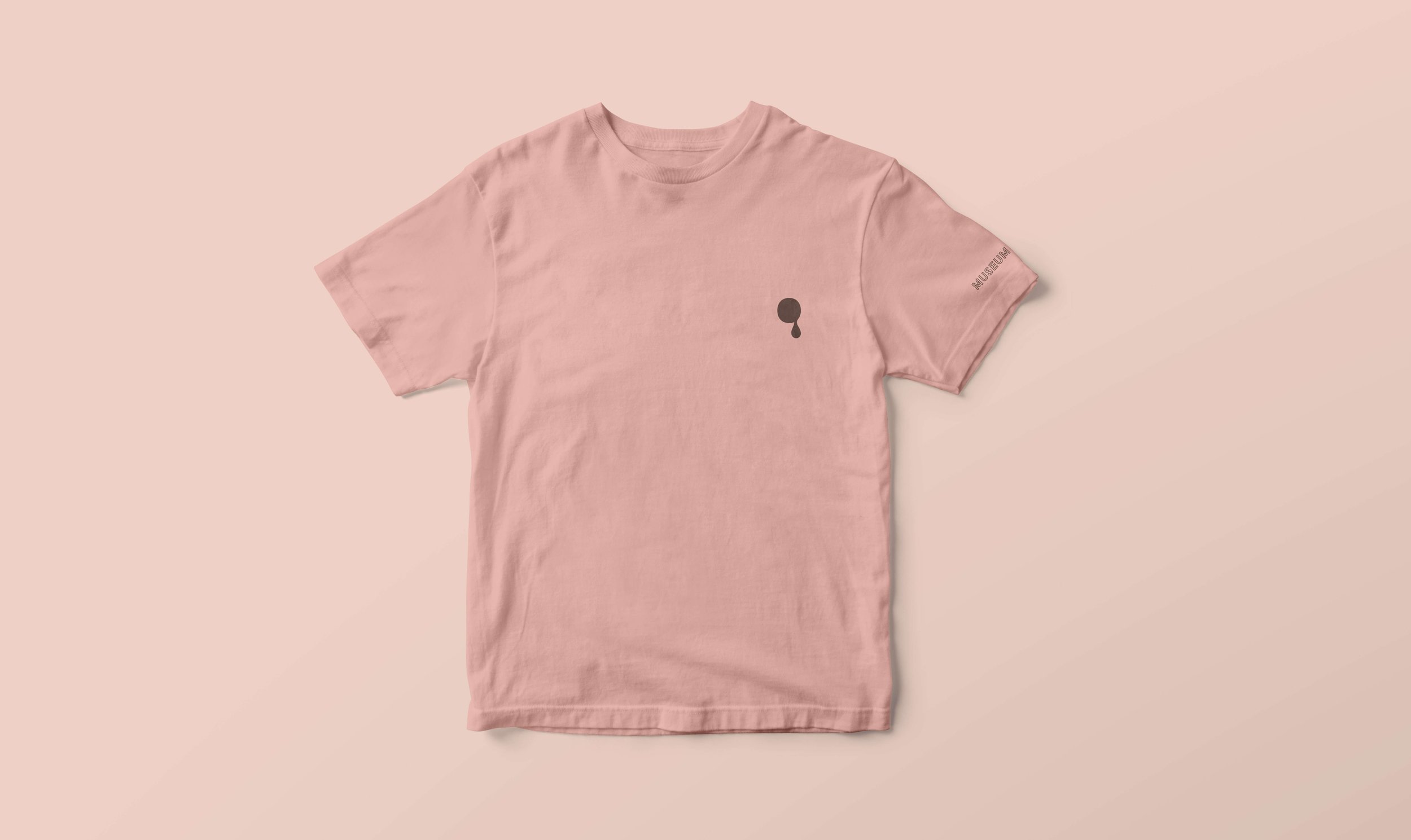
ANALYSIS
The netnography research revealed that the chocolate narratives and experiences in most museums are quite similar. The main difference lies in who can secure more appealing exhibits or whose country boasts a richer heritage. These museums tend to follow a traditional archival exhibition format, featuring interactive content that often resembles outdated amusement park experiences. Based on various social media reviews, some visitors have expressed that their experiences in certain chocolate museums felt like historical walk-throughs, lacking tasting options or interactive content.
Many of these museums primarily showcase historical figures or motifs sculpted or cast in chocolate, which, over time, can lose their appeal. Elements intended to create an immersive atmosphere often manifest as old, large cabinets made of solid wood for artefact displays, brown-toned rooms, and historical machines and engines presented without the appropriate visual context. Overall, these museums lack a distinctive and memorable style. This insight has revealed an opportunity to design a different, more appealing, and unique chocolate museum.
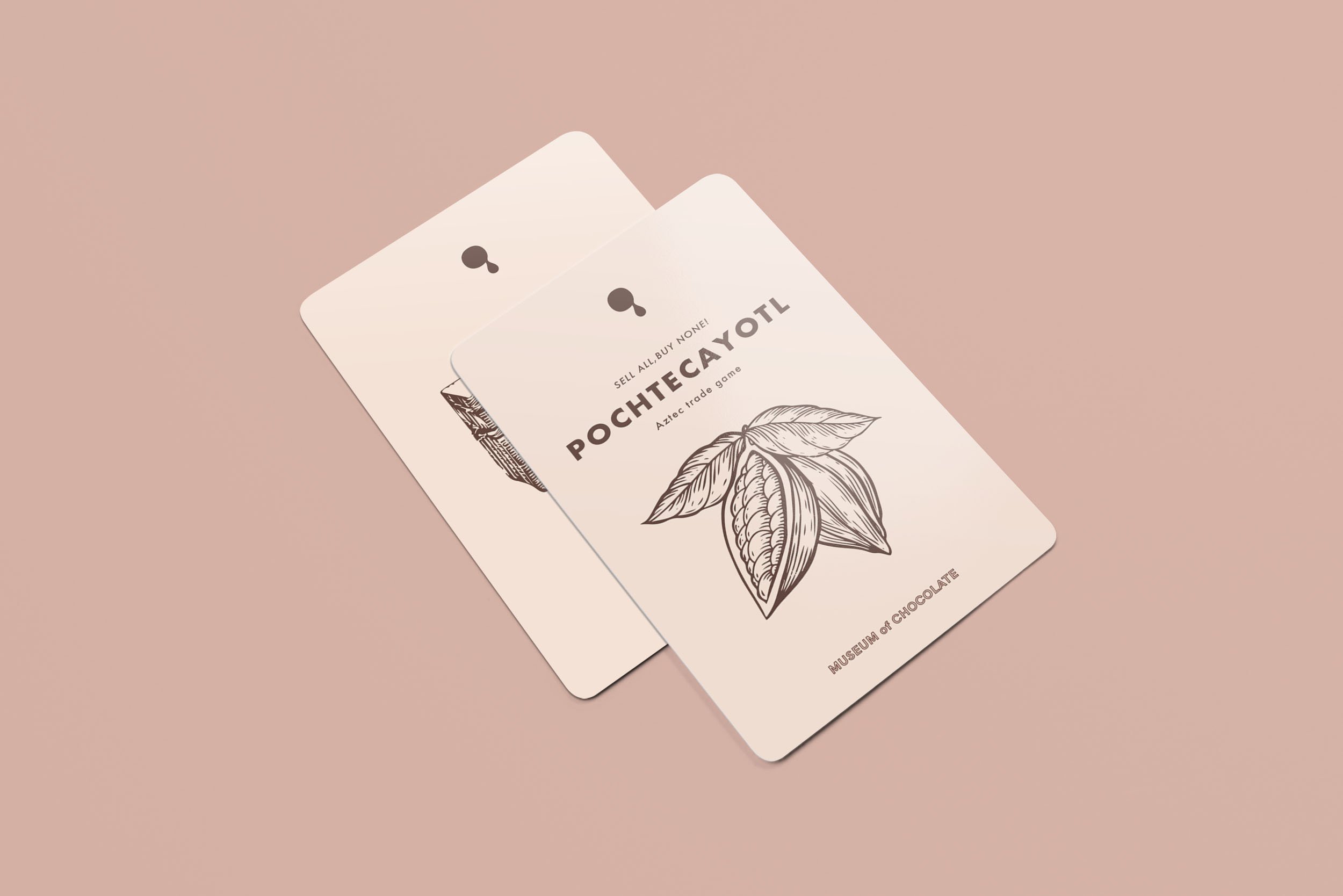
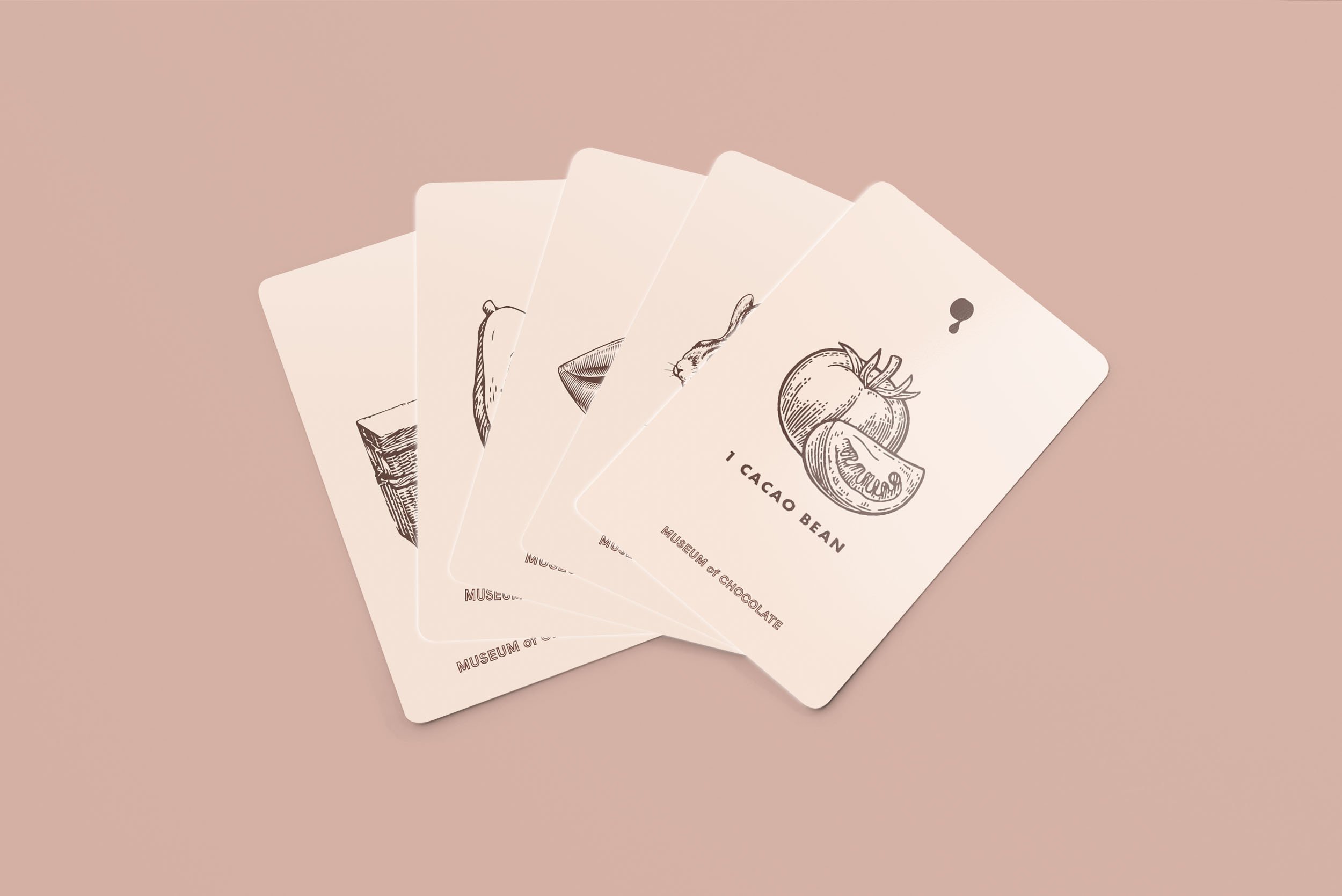
SYNTHESIS
Throughout the stories and legends of chocolate history, a few terms continually emerge: discovery, joy, luxury, value, and its captivating properties. These ideas have been extracted and translated into a visual concept for museum design. From the discovery of the Theobroma Cacao plant to the industrial revelation of cacao powder and its various uses throughout history.
It captures the enchanting joy of tasting a sweet chocolate bar for the first time, the captivating rush of energy derived from raw cacao, the beans being used as currency, guarded like treasure and their transformation into a luxurious liquid treat for the privileged — all these concepts have served as a blueprint for the design language and process.
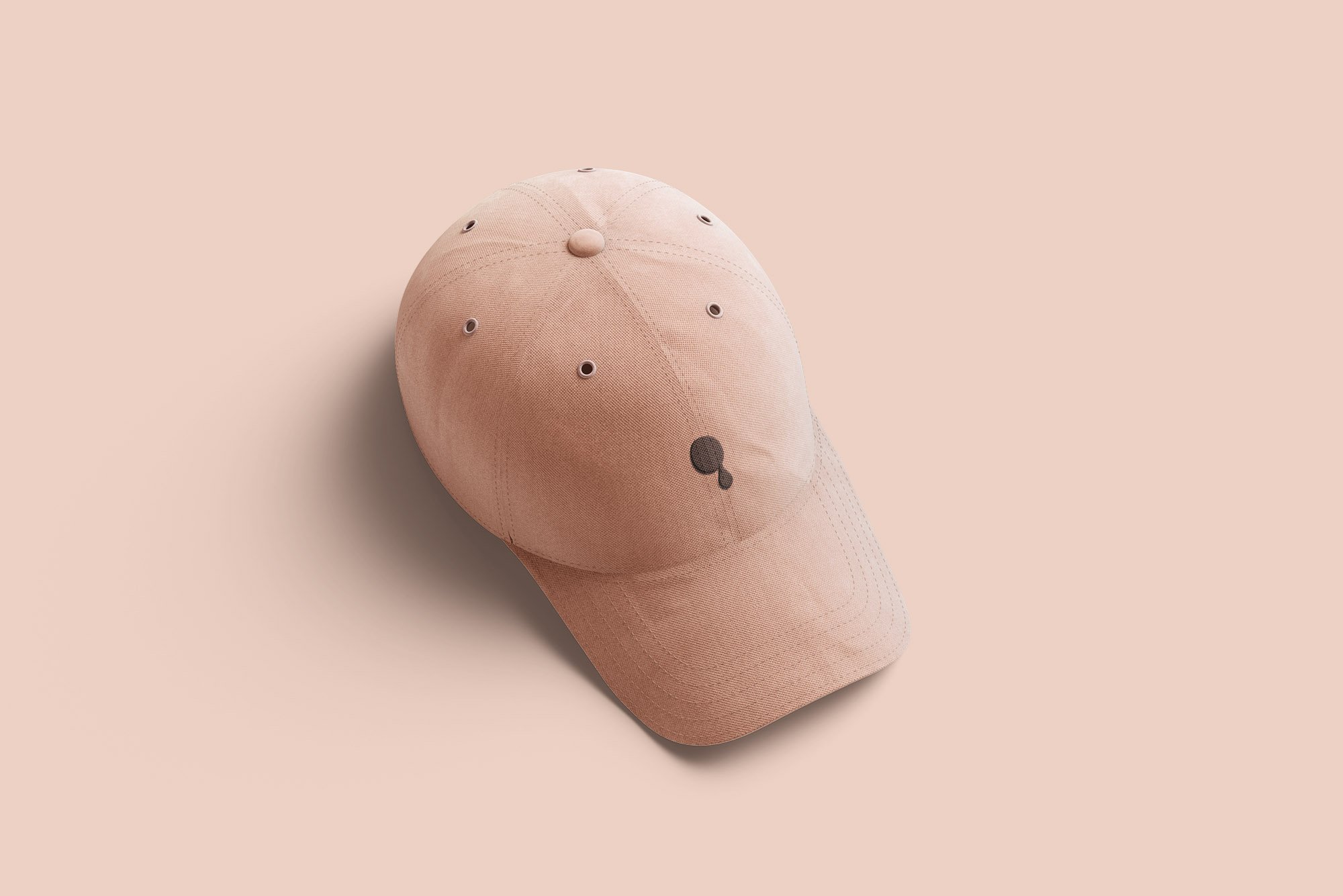
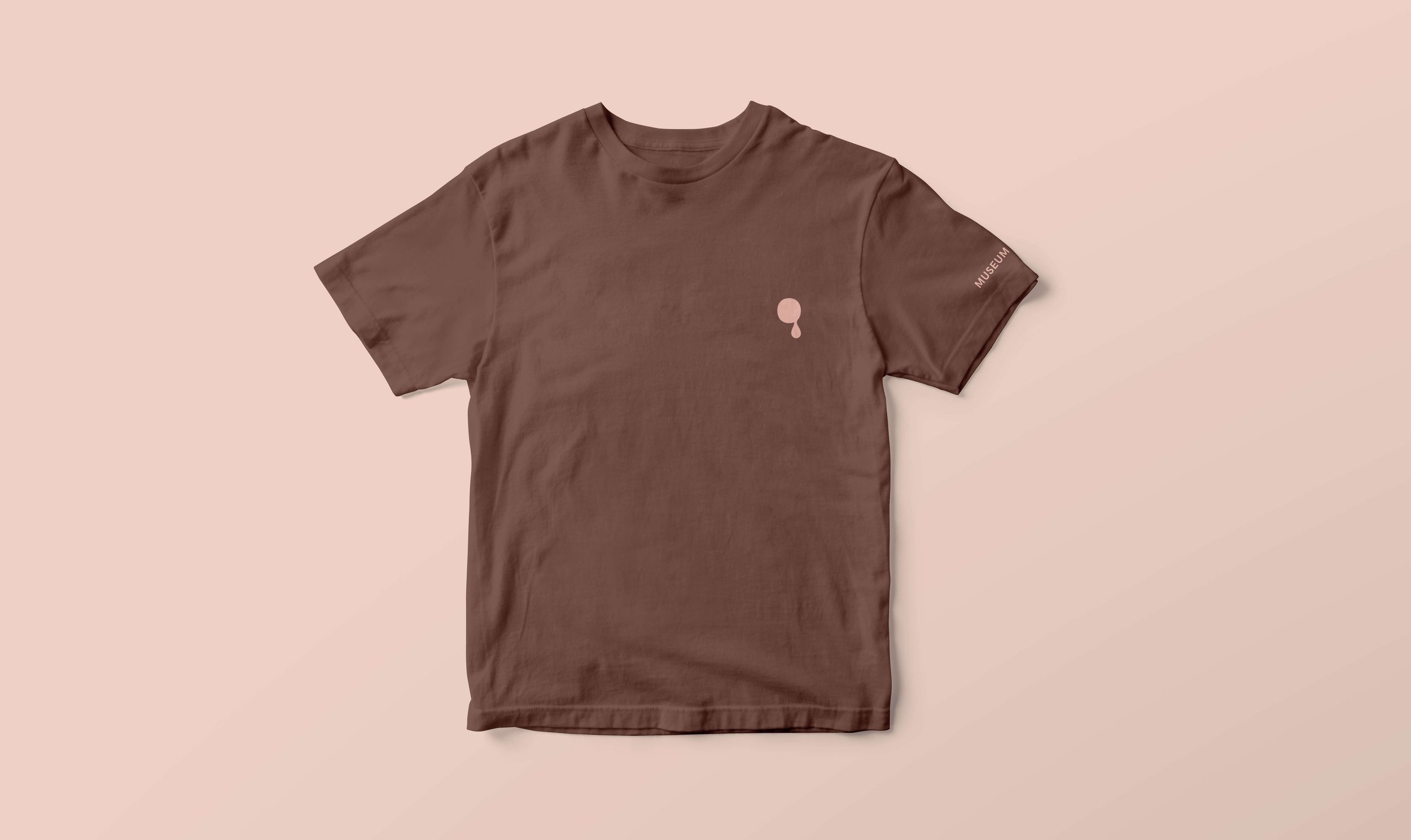
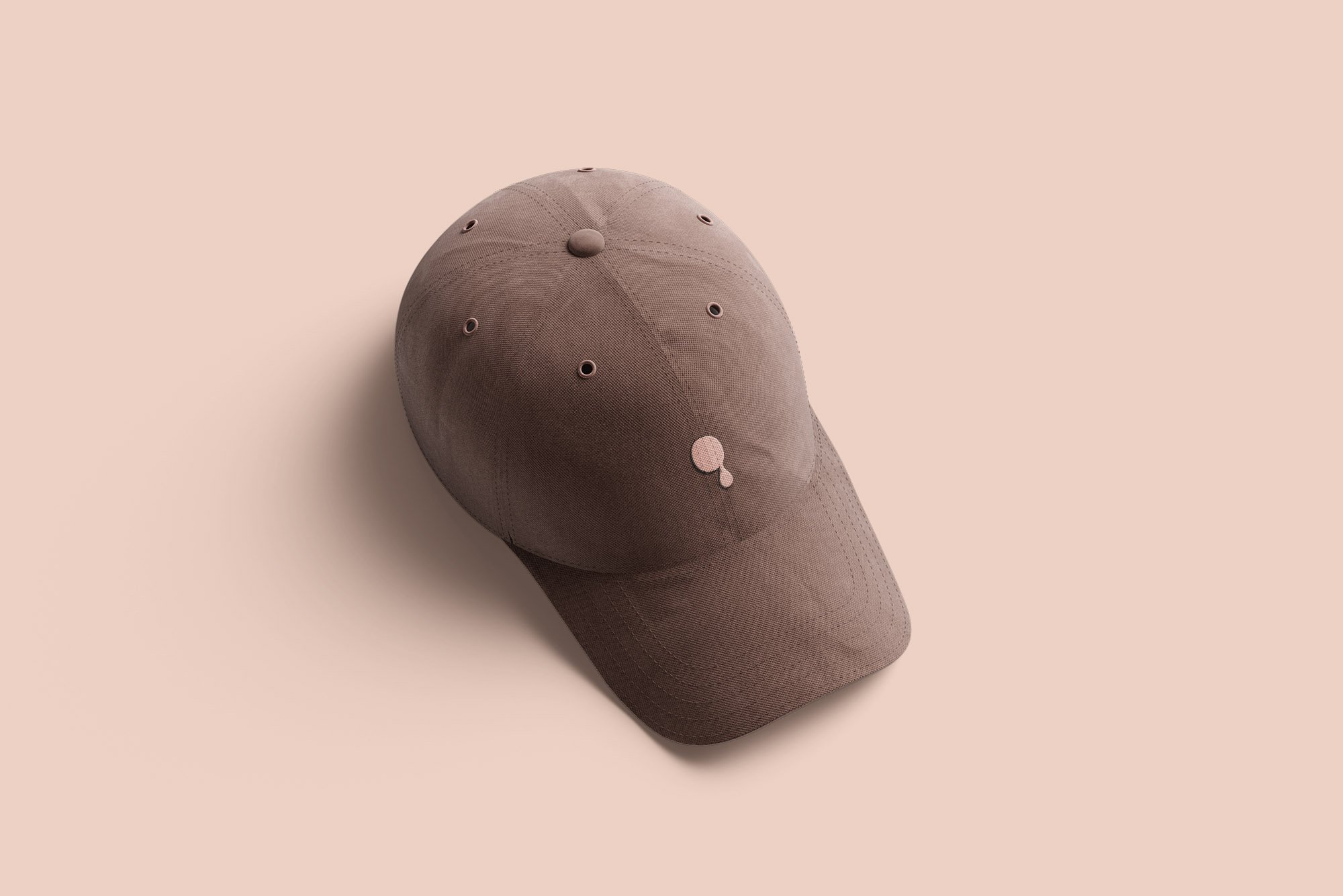
IMPLEMENTATION
The sweet, joyful, and captivating essence of contemporary chocolate is first embodied in the museum's brand colours. Moving beyond the conventional dark brown colour scheme, research has revealed that throughout modern history, pastel colours such as pinkish and light green were often associated with chocolate products. The recent popularity of Ruby chocolate further solidified the brand's colour palette. Although each room represents a different era, they all share the same design language, each featuring at least one element of discovery, sweetness, or enchantment.
Visitors can discover displays amidst the abstract jungle, swing in a cacao bean bag, discover exhibits in the courtroom's drawers, spin the industrial windows, or stir M&M's during a bike ride with a friend. These ideas were transformed into objects, machinery, and installations that came to life in the museum's interior design phase.
A historical chocolate cookbook, trading card game, ‘a choco drop’ t-shirt, and cap are some of the souvenirs proposed.
